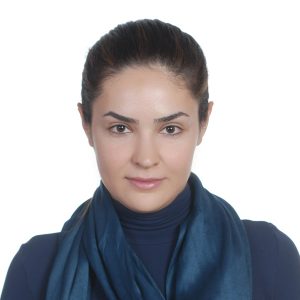
- Title Research Assistant Professor
- Education PhD in neuroscience, International School for Advanced Studies,Trieste, Italy
- Office Harris laboratory, K206
- Email lamin@bu.edu
- Area of Interest Neuroscience, Alzheimer’s disease and Prion diseases
My main research focuses on cellular neuroscience and I am particularly interested in studying the molecular and cellular mechanism underlying neurodegenerative diseases. During my scientific career, I received broad academic training and my research interest shifted from physics to neuroscience. This interdisciplinary background allowed me to develop a good knowledge of the most common biological and biochemical techniques, and enabled me to apply the latest developments in nanotechnology and imaging to neuroscience. My PhD project aimed at unraveling the molecular mechanisms underlying the force generation in neuronal growth cones. To address this issue, I have investigated in detail the role of several important players in force generation such as membrane stiffness, actin turnover and myosin II. As a postdoctoral researcher with Dr. Giuseppe Legname, I was involved in different research projects related to protein misfolding and neurodegenerative diseases. My main research project was focused on defining the physiological function of prion protein (PrP) by analyzing its role on neurite guidance and signaling.
In order to extend my knowledge in neurodegeneration field, I joined Dr. Harris’ Laboratory. I am particularly excited about this opportunity, which complements my previous knowledge by introducing me to the field of Alzheimer’s disease, and is helping me to learn new skills in protein chemistry and cell biology for which the Harris laboratory is known.
Currently, my research project focuses on identifying the molecular mechanism by which amyloid-β (Aβ) aggregates interact with cell surface receptors including cellular prion protein (PrPC). In this work, I am using a multi-disciplinary approach combining single molecule super-resolution microscopy, biochemical and biophysical assays, and cell-based neurotoxicity experiments to measure the dynamics and kinetics of Aβ interactions with its membrane receptors. Analyzing several Aβ-receptor systems in parallel reveals common molecular mechanisms by which receptors interact with pathologically relevant Aβ aggregates to transduce neurotoxic signals. The results of this research are providing new details about Aβ aggregation and fibril growth, and they are relevant for developing new therapeutic approaches for Alzheimer’s disease. Moreover, the experimental approaches I use open up the possibility of probing the mechanism of action of other agents that affect Aβ aggregation, such as small molecules, inhibitors and antibodies. Altogether, this study is providing important insights into a molecular origin of disease, and the development of therapeutic approaches.